- Home >
- News >
- Local News
Vanderburg Camp keeps old ways alive
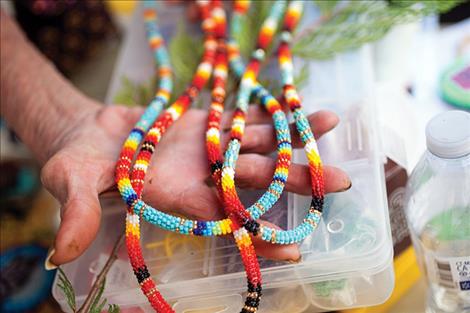
Nicole Tavenner
Master beader Rachel Bowers teaches beading at the Agnes Vanderburg camp, helping keep important cultural traditions alive.
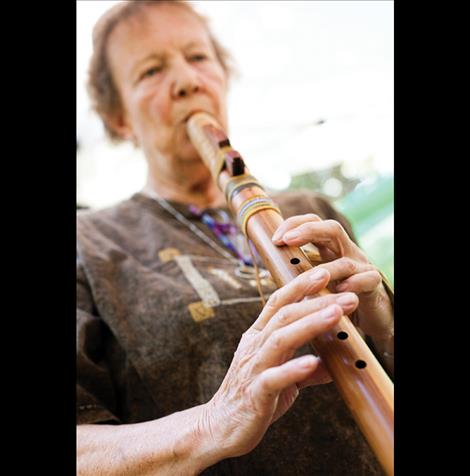
Nicole Tavenner
Flute maker Karolyne Rogers said she feels like a “very honored white woman” because of her relationship with cultural leaders and artists.
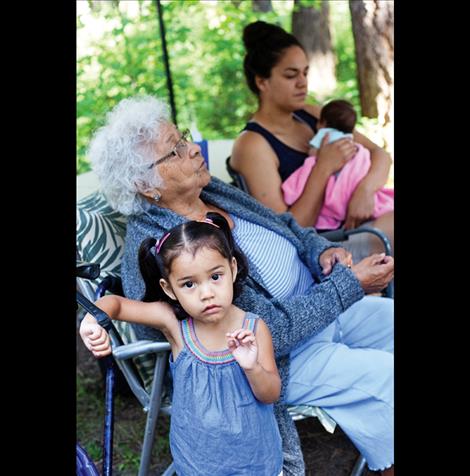
Nicole Tavenner
Generations of family gather at Vanderburg Camp.
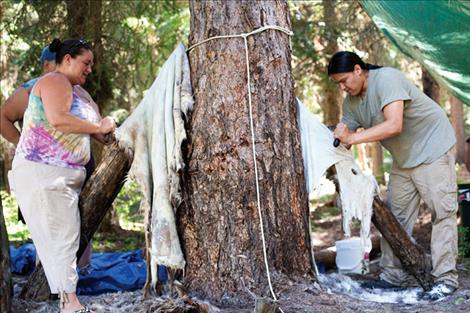
Nicole Tavenner
Nicole Tavenner/Valley Journal Deer hides are scraped before they are soaked in water, stretched, and dried.
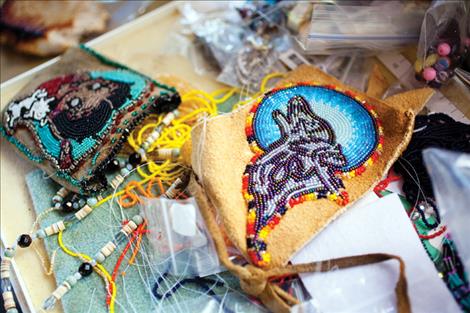
Nicole Tavenner
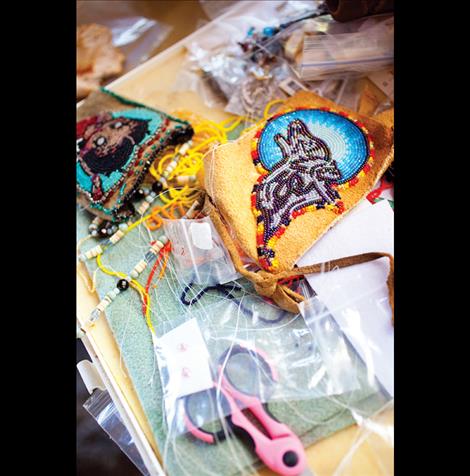
Nicole Tavenner
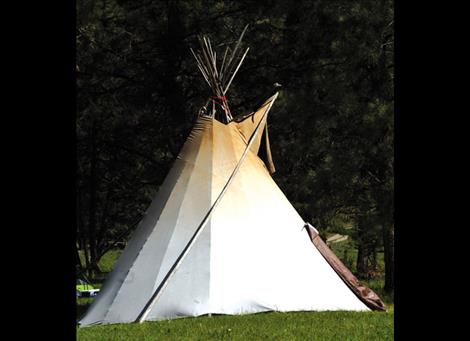
Berl Tiskus
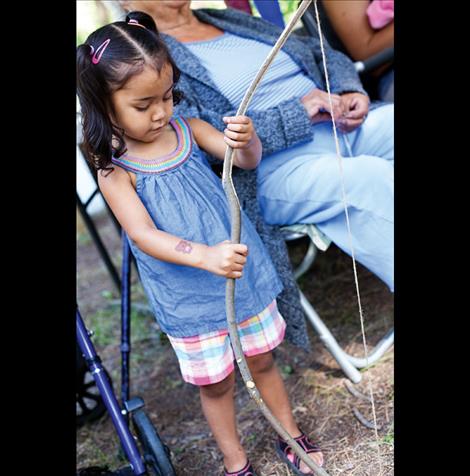
Nicole Tavenner
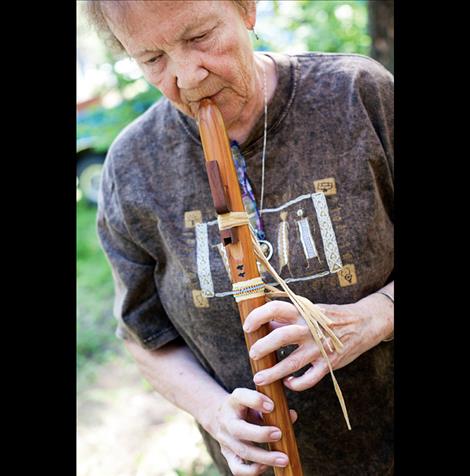
Nicole Tavenner
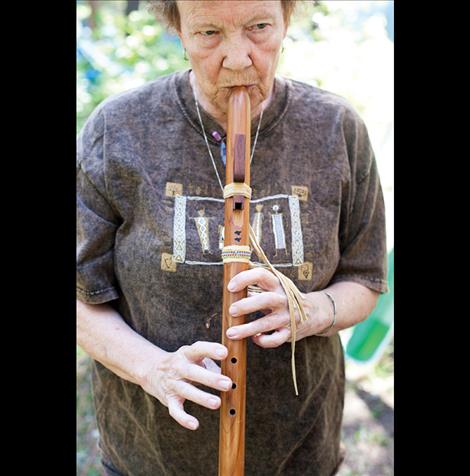
Nicole Tavenner
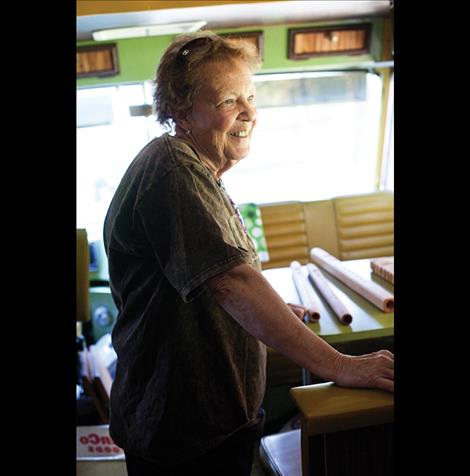
Nicole Tavenner
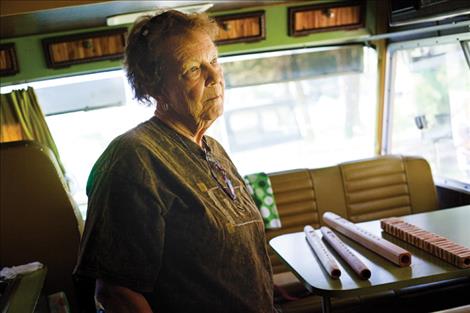
Nicole Tavenner
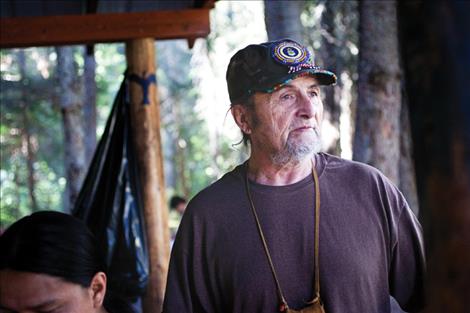
Nicole Tavenner
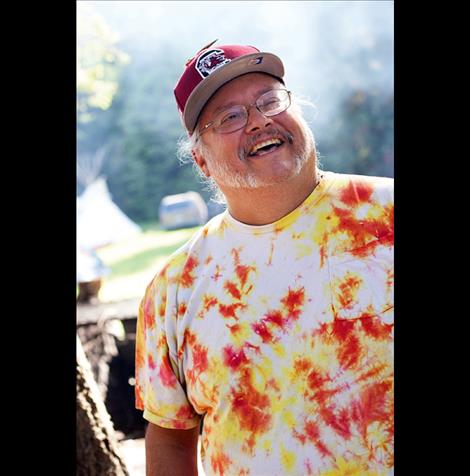
Nicole Tavenner
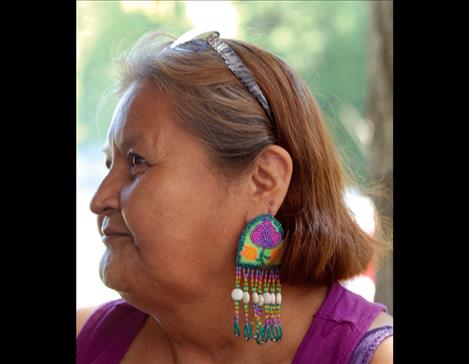
Berl Tiskus
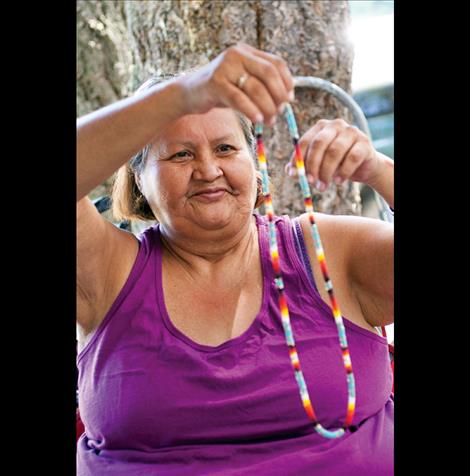
Berl Tiskus
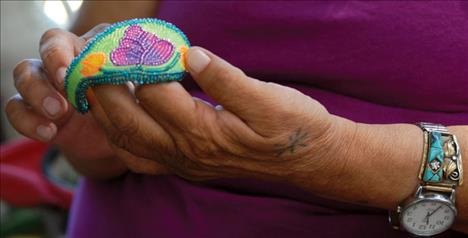
Berl Tiskus
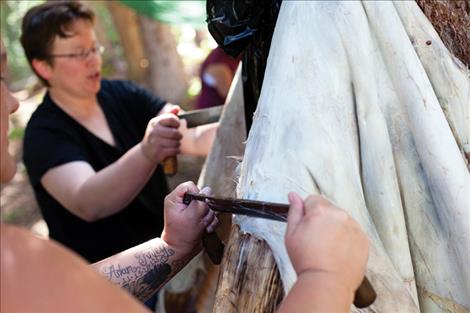
Nicole Tavenner
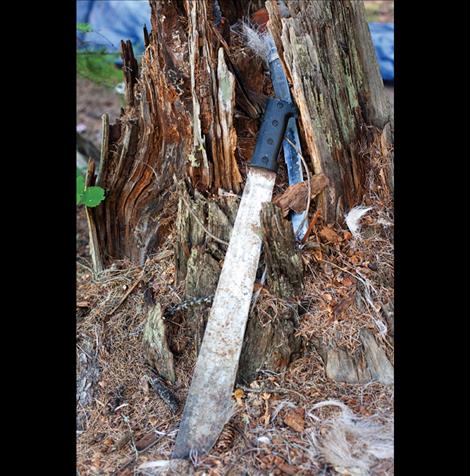
Nicole Tavenner
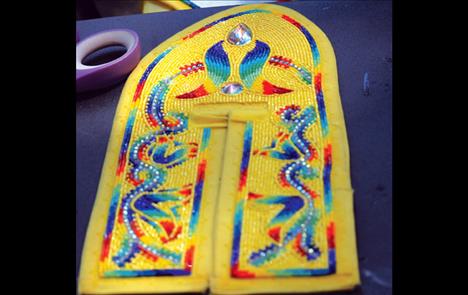
Berl Tiskus
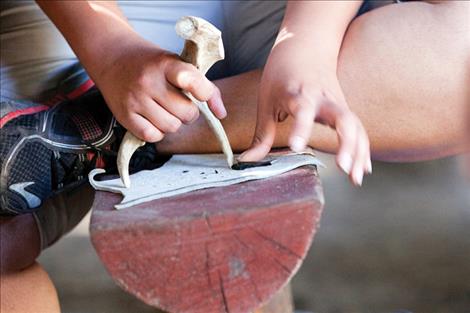
Nicole Tavenner
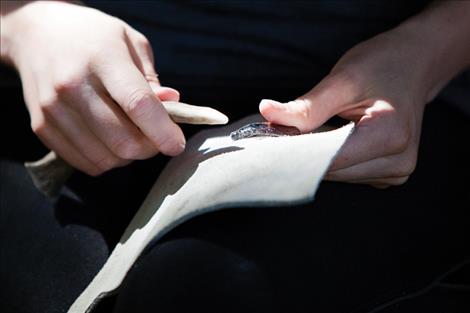
Nicole Tavenner
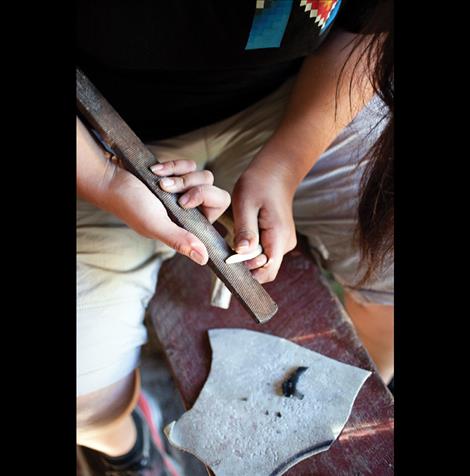
Nicole Tavenner
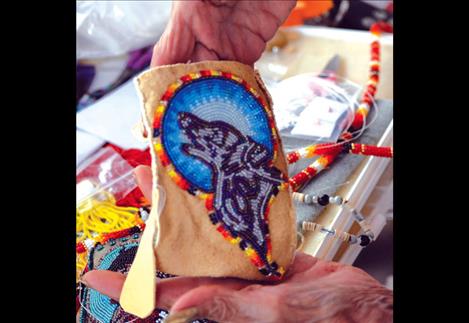
Berl Tiskus
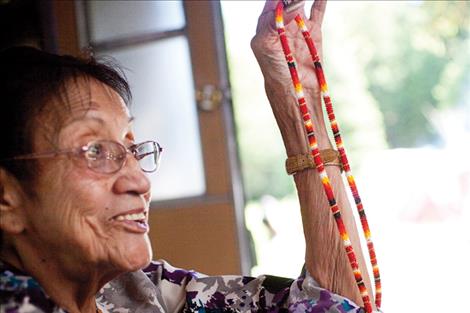
Nicole Tavenner
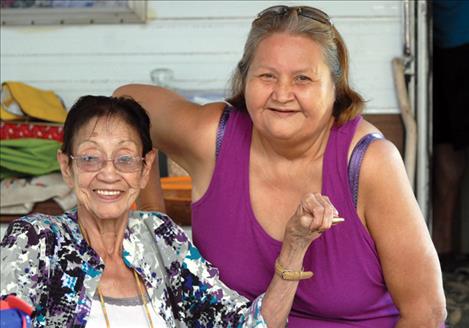
Berl Tiskus
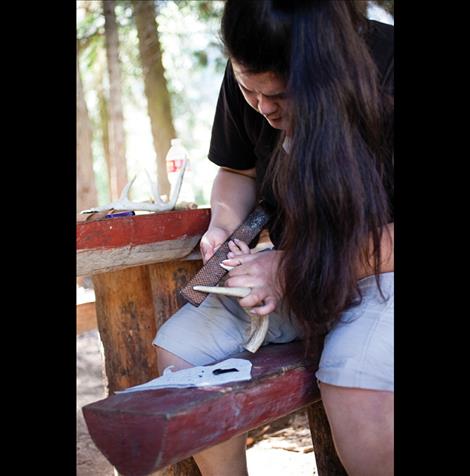
Nicole Tavenner
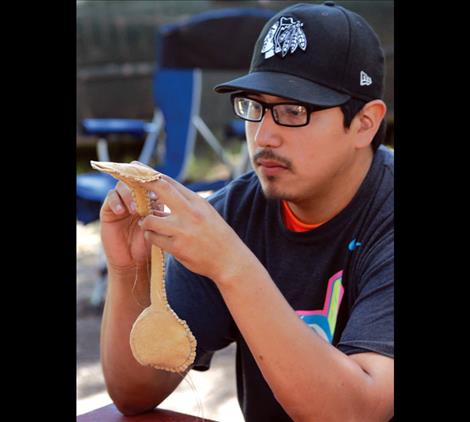
Berl Tiskus
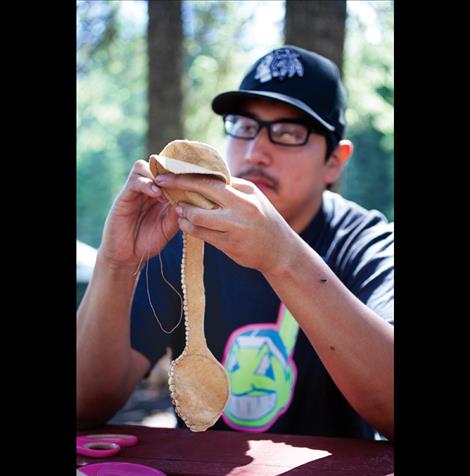
Nicole Tavenner
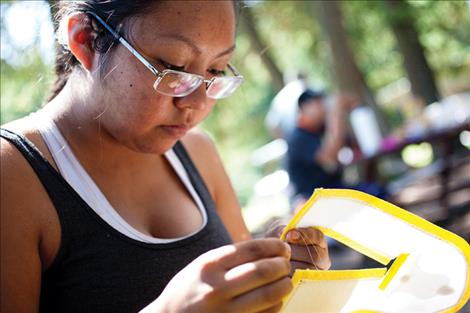
Nicole Tavenner
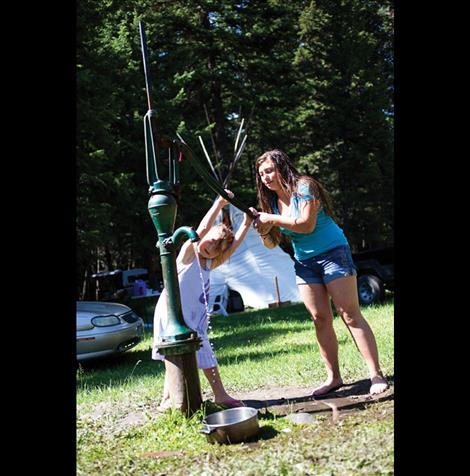
Nicole Tavenner
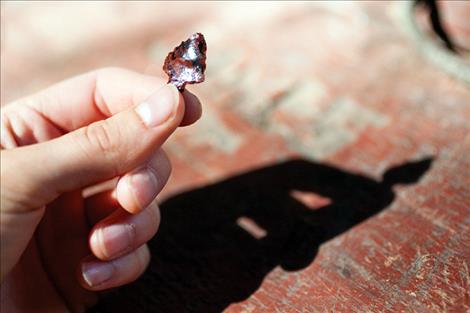
Nicole Tavenner
Issue Date: 6/17/2015
Last Updated: 6/17/2015 3:54:08 PM |
By
Berl Tiskus
Keep Reading!
You’ve reached the limit of 3 free articles - but don’t let that stop you.















